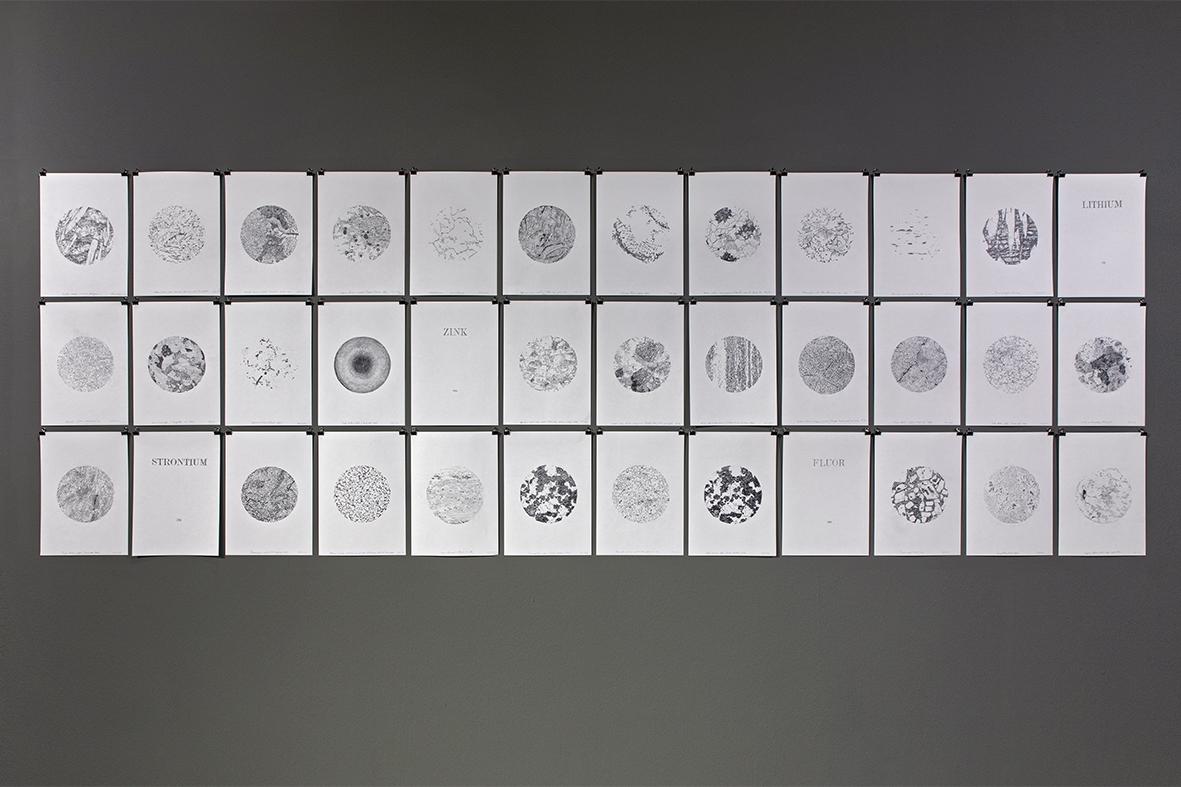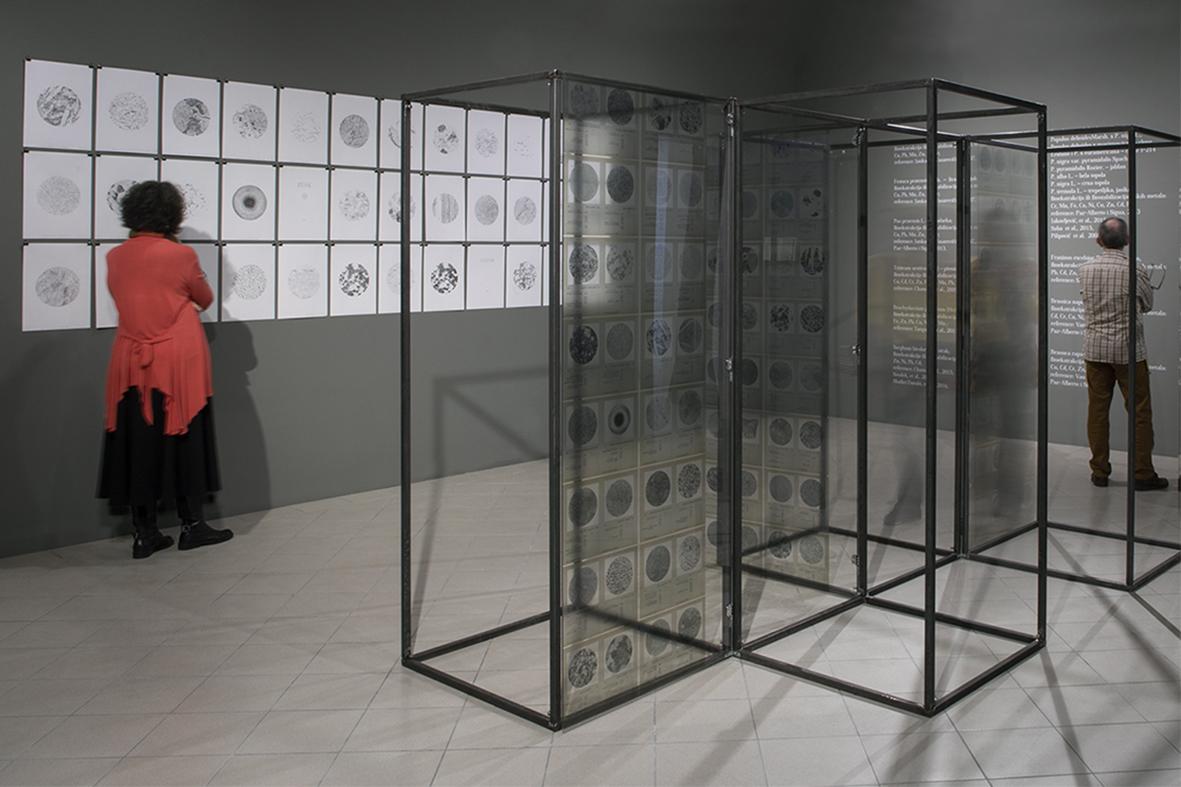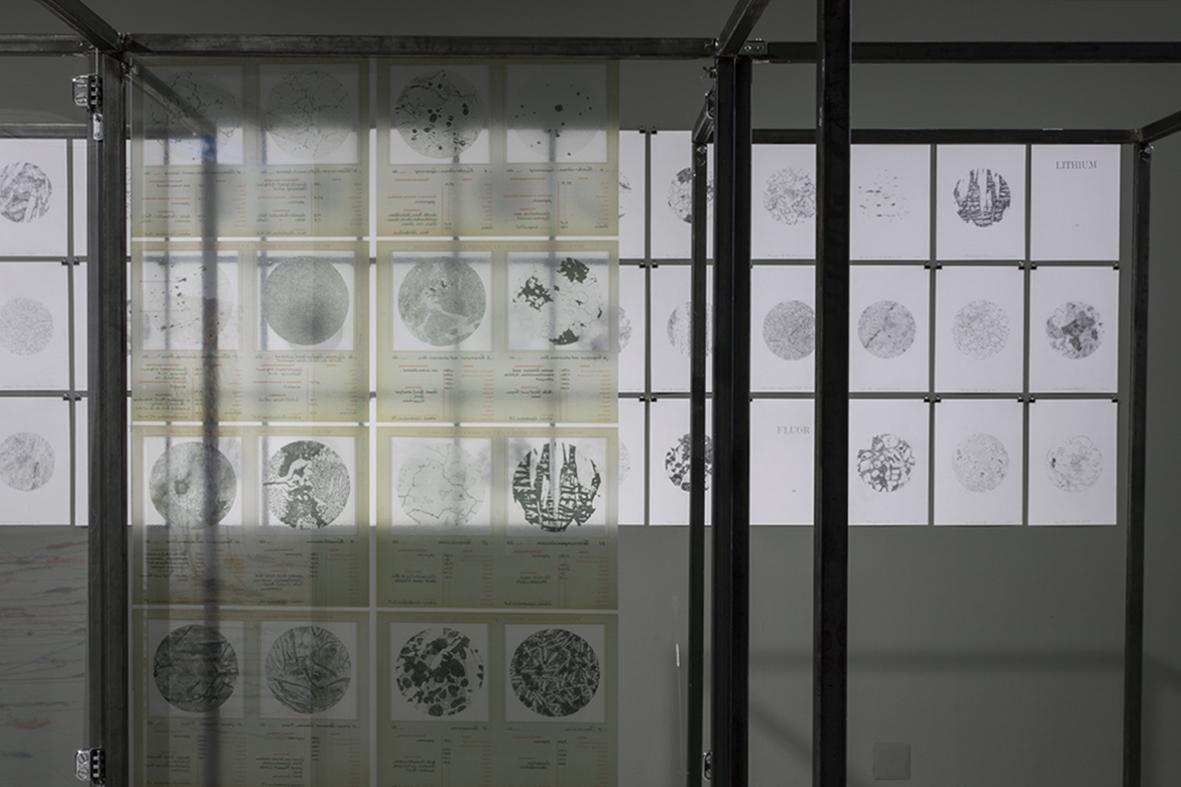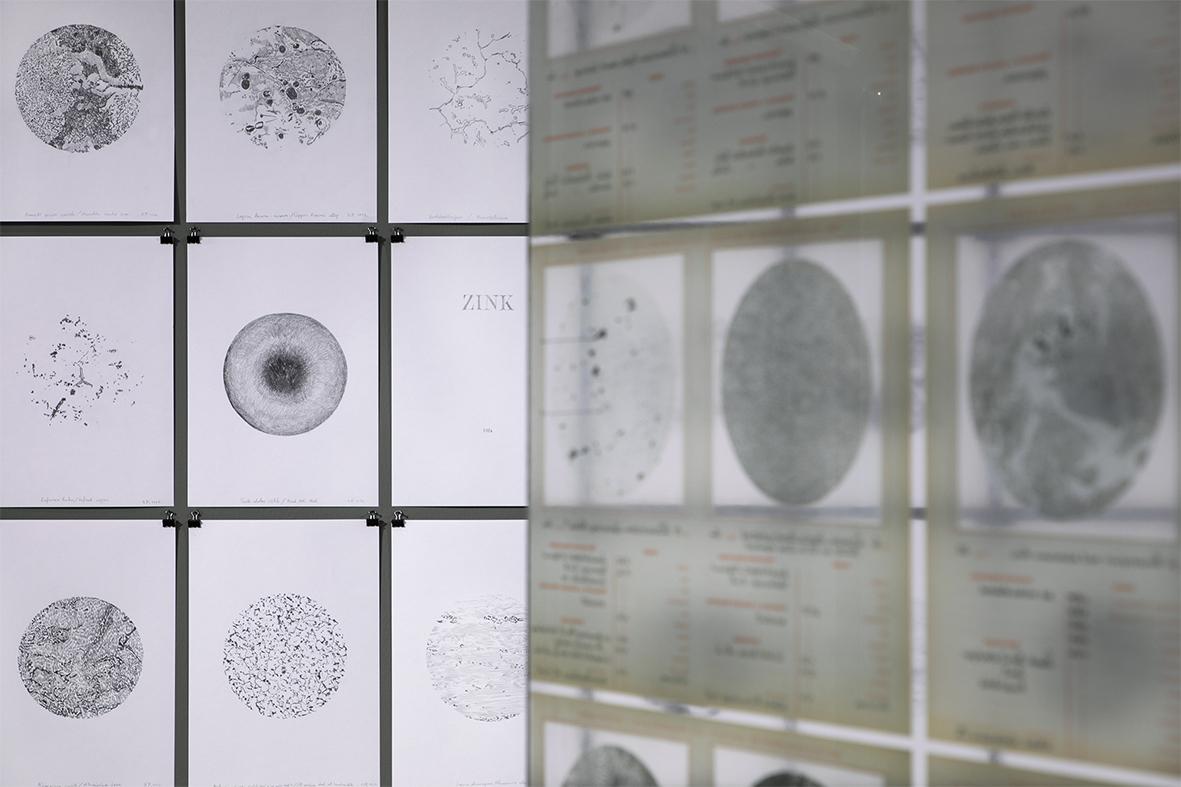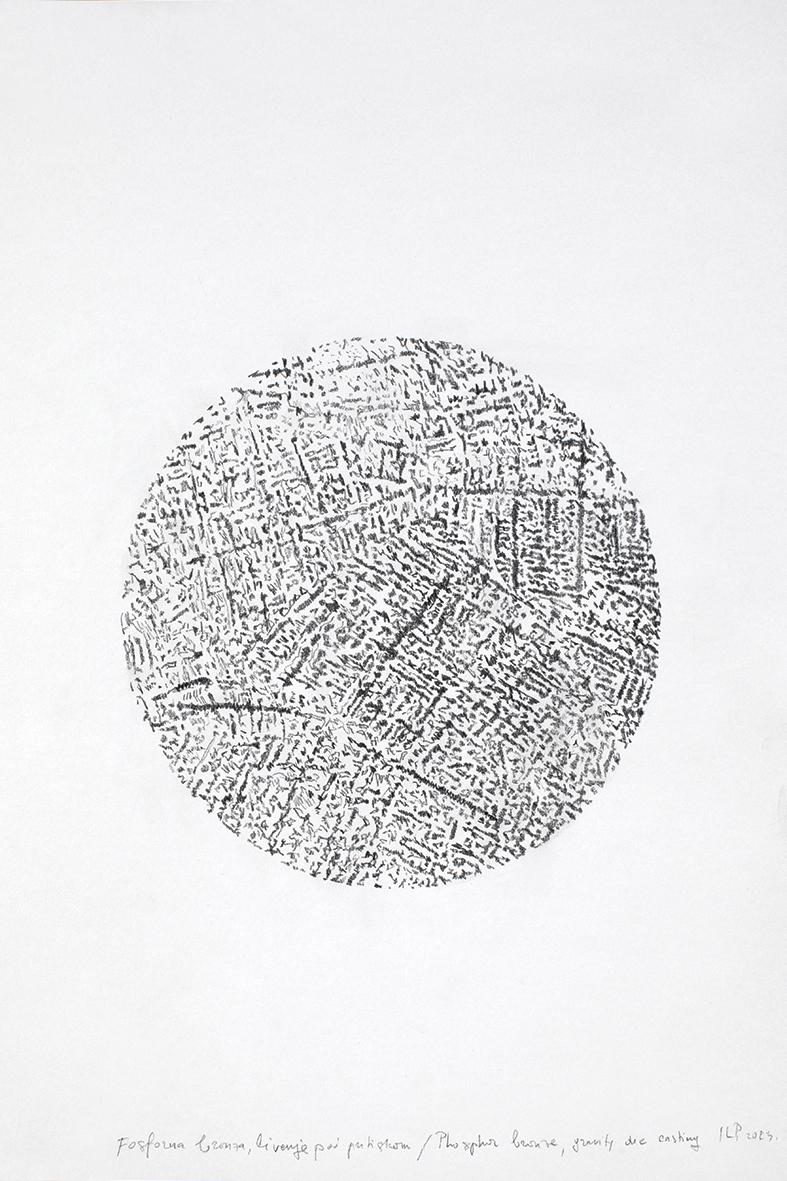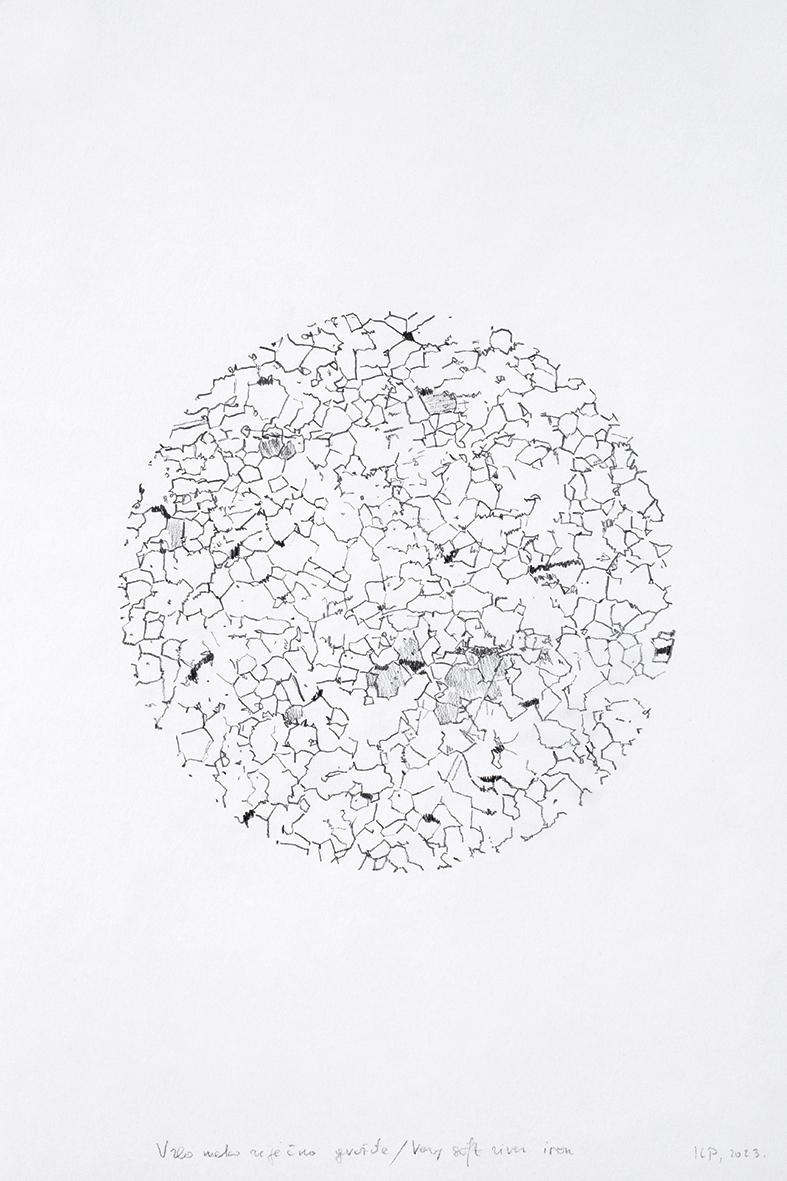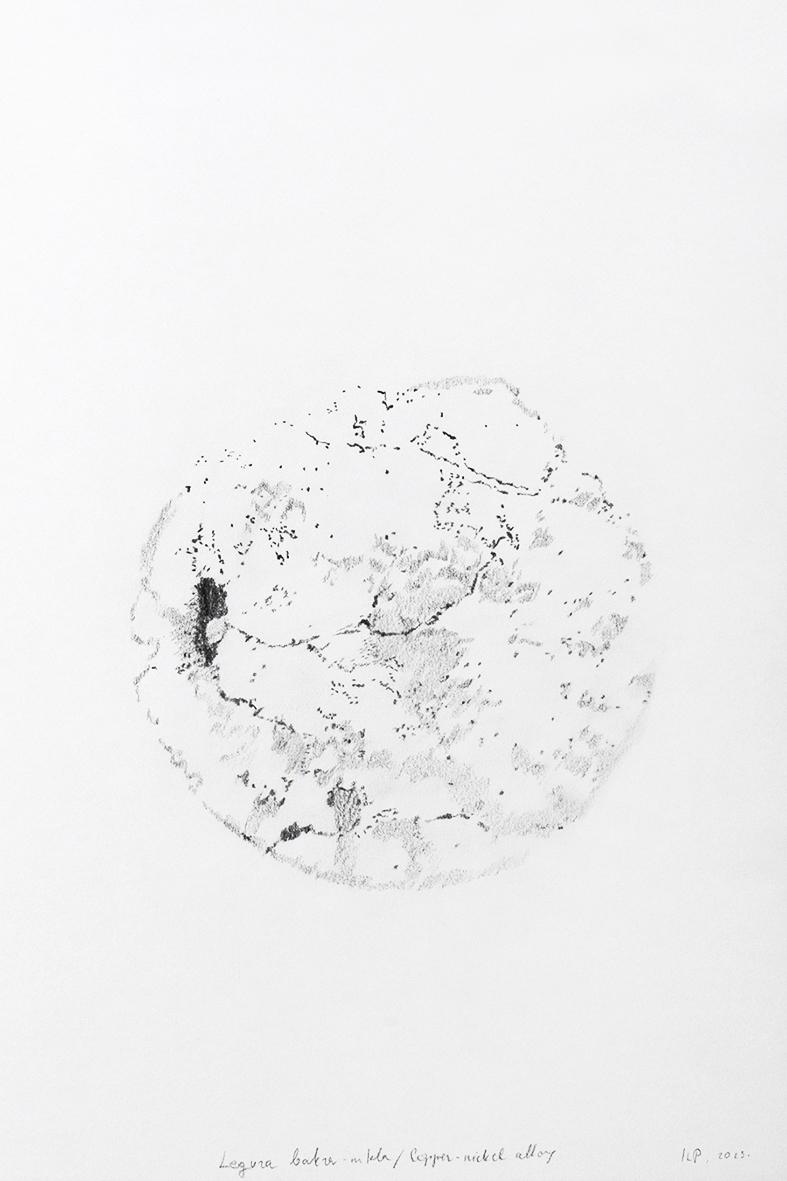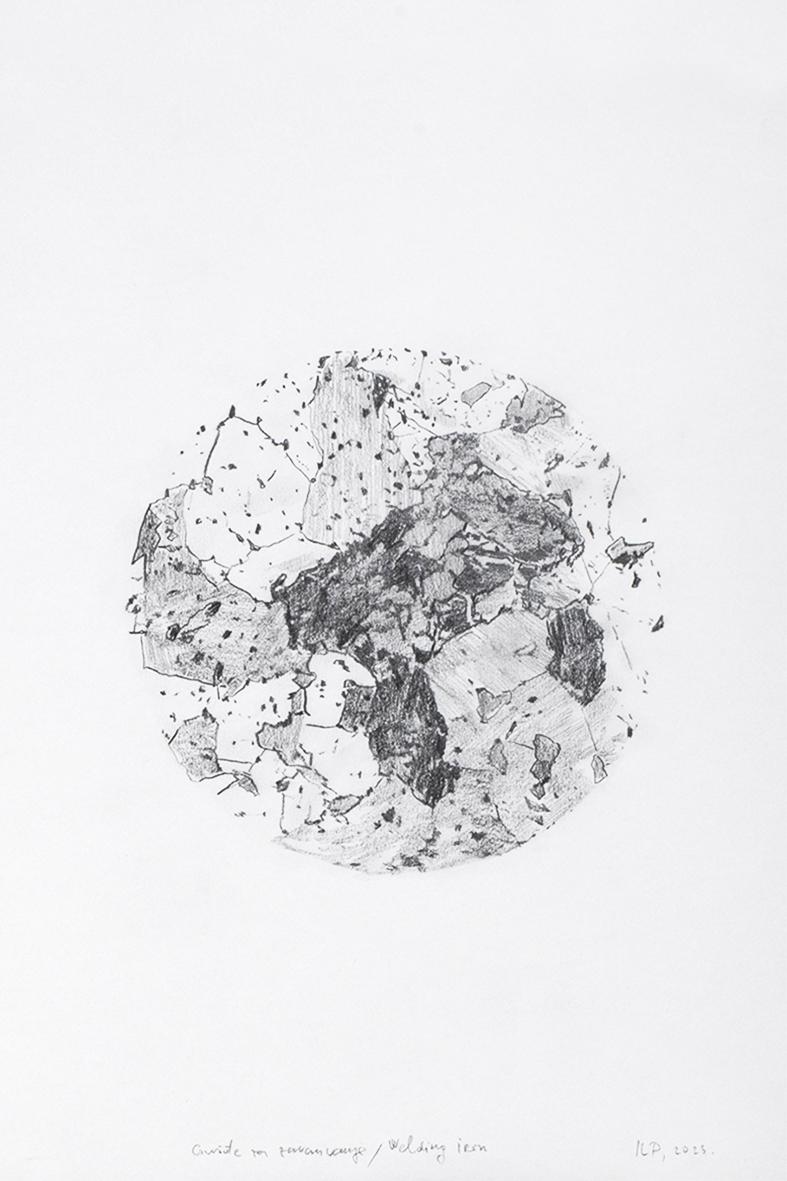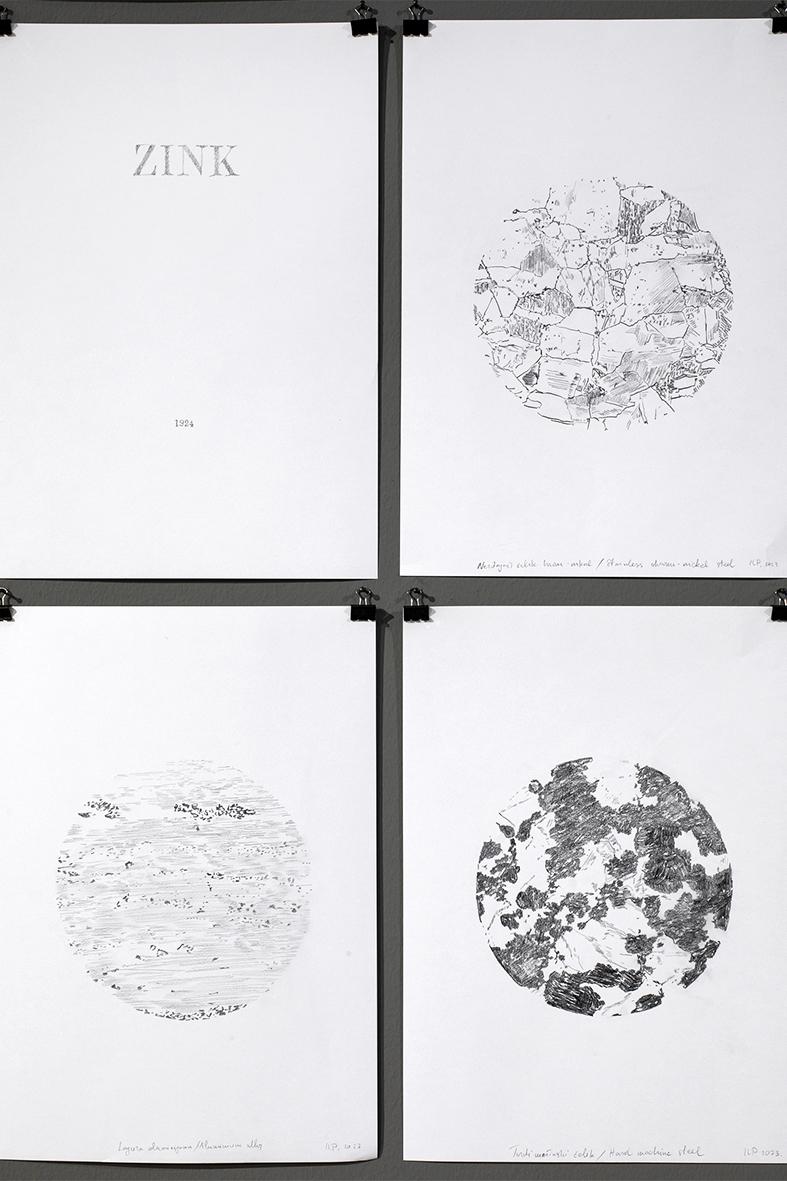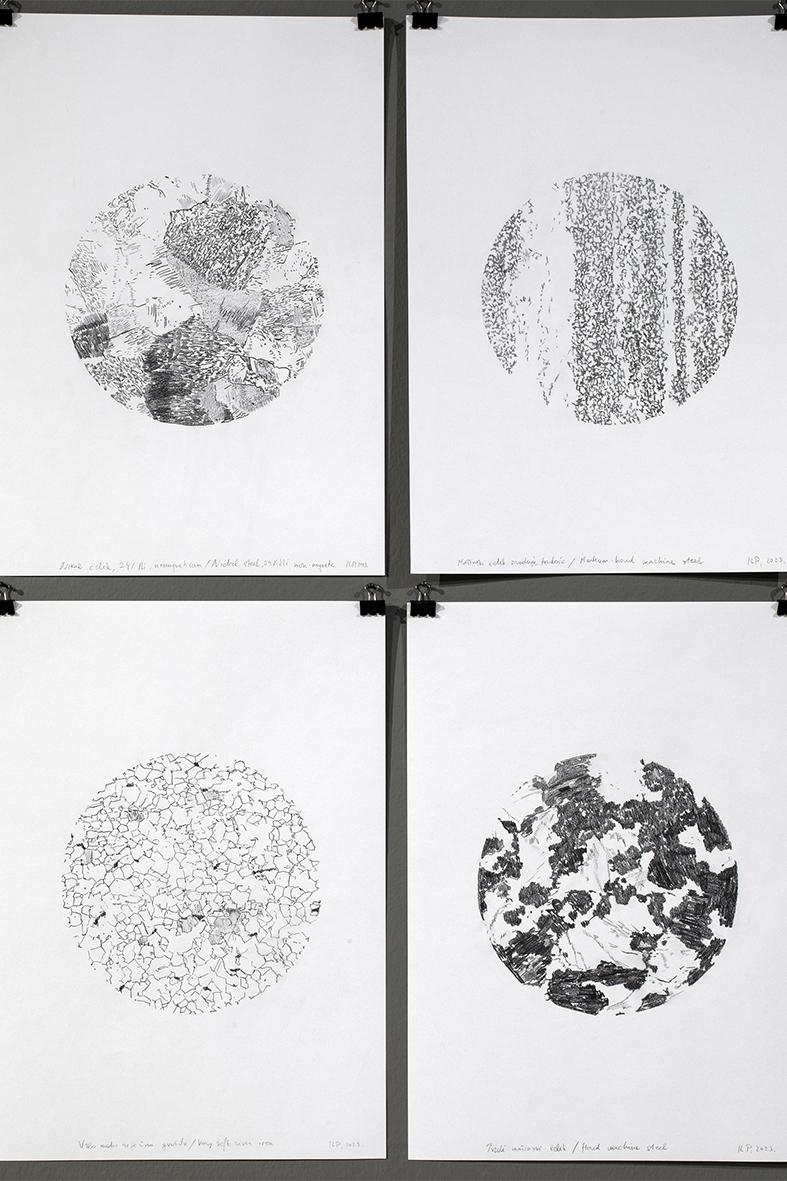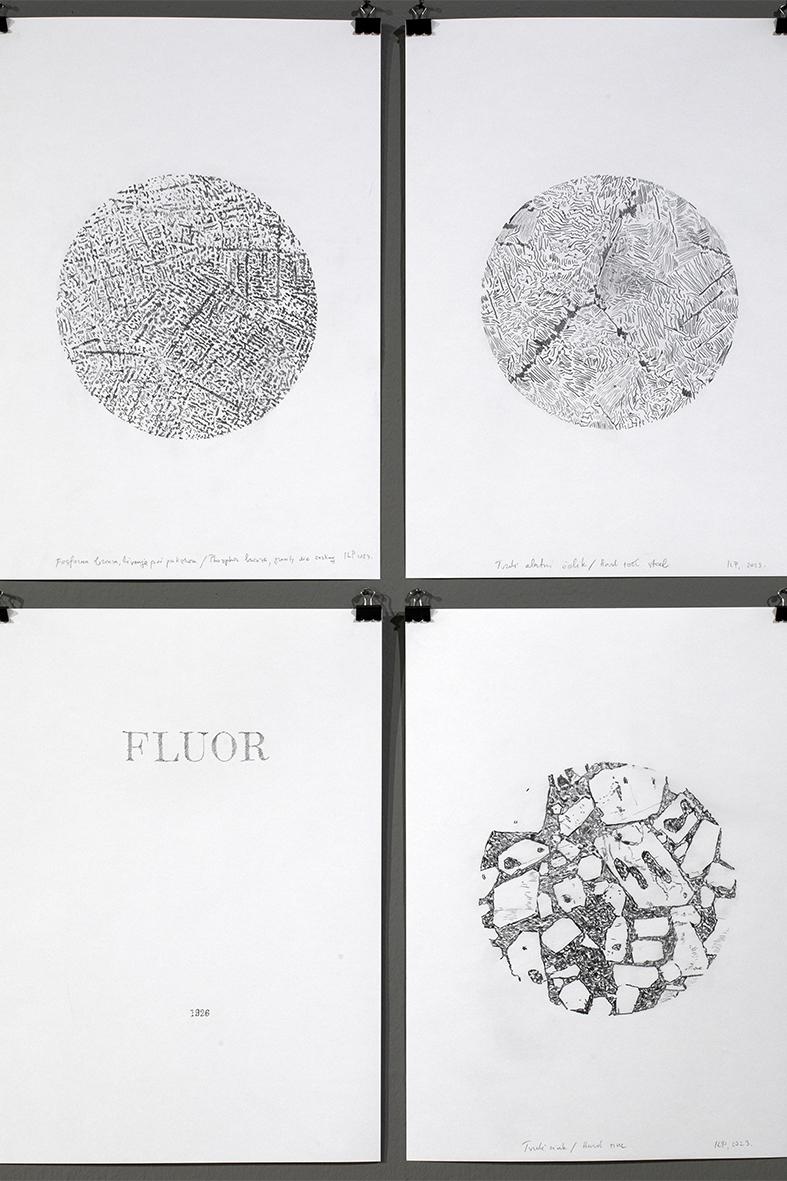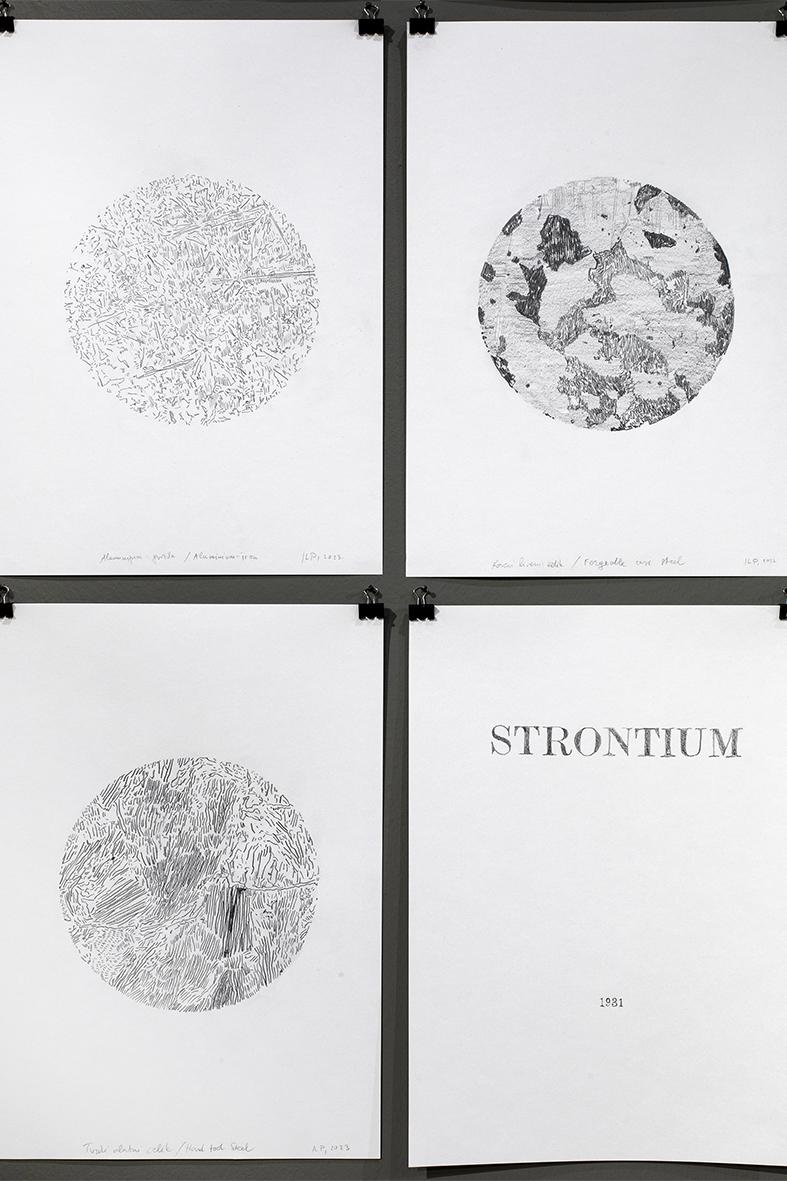Irena Lagator Pejović
works
- Lines, Values, Coexistences
- United Species
- Means that Can Contribute to the Phytoremediation of Polluted Areas
- Saved Books. The Art of Transmitting the Knowledge Without the Need for Subsequent Reparation.
- “I Would Put All Mighty Weaponry Into the Museums That No One Visits”
- Expanses of Love
- “If I Were Ronald Regan”
- Nets, Nodes, Horizons
- Workers University
- My Father’s Salary
- Fiscal Verses. Reprogramming the Machine
- Missing Content
- The Knowledge of the Limited Responsibility Society
- Shared Air
- Blurred Landscapes
- There is Already a Feeling of a Flow
- Symbiotic Collection
- Maximum Profit - Minumum Time
- This is Not a Landscape Any Longer. Tolerance, Transparency, Transition.
- Nature Culture
- Pillars and Horizons
- Where is the Monument?
- Forward Play Reverse
- Life and Institution
- Capital Culture Cuts
- Two Safes. No keys!
- Non LLC l.l.c.
- Plastic Water
- Society and Documents
- Exchange Value
- Work in Public Space
- Institution Nature
- LLC versus Non LLC
- Abbandoned Cinema
- Freedom Security Progress
- Occupying/Liberating Space and Time
- Directions
- Image Images
- Property
- Dissapearance Appearance
- Further than Beyond
- Image Think
- Ecce Mundi
- Camera Imaginata. The Means for Exchanging the Power of the Imagination
- Means for Intensifiying a Sense of Poetic Reconstruction of the World
- The Society of Peaceful Coexistence, Santa Croce sull’Arno
- Installation for Improving the Sense of Responsibility
- Equation Function
- Limited Responsibility Society, Santa Croce sull’Arno
- Resistence Reservoir
- Limited Responsibility Society, Polignano a Mare
- Limited Responsibility Society Automatism
- Experience Economy History
- The Society of Peaceful Coexistence, Belgrade
- Responsitorium Horizon Poems
- Time of Limited Responsibility Society
- Limited Responsibility Society Experiment, Salzburg
- Present Space Expansion
- Cultural Barriers to Growth
- Countinuous Limited Responsibility Society
- Knowledge of the Limited Responsibility Society
- Limited Responsibility Society Experiment, Strobl
- Limited Responsibility Society By Night
- Limited Responsibility Society, Cetinje
- Inverse Spaces
- Our Colored Everyday
- Machine Error. Shape a Book
- What We Call Real
- After Memory
- Next
- Is It Still Winter, Outside?
- The Way We Live
- How Small is the Universe
- Living Space
- The Society of Unlimited Responsiblity
- Own Space
- Living Room
- Near Universe
- An Embrace in the Space
- Light in Space
- Please Wait Here
- Wash Inside Out
- What is Missing
- Temporary Dumping Place. Rotations in the Given Space
- Opening of the Book
- Registrar
- May I Help You
- Passerby
- Are You Happy Now
- BBBBeauty
- Tell Why
- Witnes of Time - Now
- Witnes of Time
- It is Made for You
Expanses of Love
2023
36 graphite pencil drawings on paper, 42 x 29.7 cm, each
Courtesy of the artist.
Exhibition/Venue: Irena Lagator Pejović, Expanses of Love, Art Gallery „Nadežda Petrović”, Čačak, Serbia, curated by Patrycja Rylko and Julka Marinković, 2023.
Photo: Ivan Petrović
The drawing series Expanses of Love are presenting an enlarged microscopic view over the interaction of heavy metals from old albums of metallography published by metallographic institute P. F. Dujardin & Co from Dusseldorf in the 1920s. The task of metallography as part of the science of metals is to determine the properties and behaviour of metals and alloys under the given load conditions, and to indicate the most favourable structure for a specific area of application, if possible in advance, from a review of images of macro and micro and micro-structures for a certain chemical composition. Today, metallography has become the most important control procedure for the ongoing production of metals and alloys, and has successfully developed procedures for determining the processing errors and the causes of errors in metals and alloys, which is why it is widely used, among other things, in the military industry.
What captures our attention when we first see these microscopic views of the metals and their interaction is their aesthetic quality. And we cannot but wonder how it can be that the beauty communicated from these images can be used for paradoxical production of destructive objects for both, the nature and humanity.
The artist carefully redraws these single circular appearances also because of the fact that they appear before our eyes now, after The Century that Trusted in the Future (Franco Bifo Berardi). She redraws, enlarges and presents them in a slow, new, reconstructive rhythm, in order to make visible how human inventions in connecting the unconnectable, could be more protective, if we would, just like the task of metallography, detect and process errors and the causes of errors and not misuse them.
The artist extracts these interactions from their century-long dissonant interpretations and treats them instead as alternative and autonomous expanses of love for the imagination of the world free of exploitation. She assigns a different value to them, the one capable of communicating and reminding us of the better life for all and for protected environment.
These drawings are a visualisation of the urgency of critical understanding of the relation between the surrounding world and the brain that elaborates it. The times of ceaseless wars demonstrate that this relation was not and still is not in balance. The drawings are an attempt of inversion through establishing at least a visual and poetic balance that serves as means against the acceleration of the information and knowledge. Freed from their laboratory structuration for industry, those drawings remind us of our right to be respponsible in relation to nature. These drawings elaborate a new, slower rhythm in our relation to nature against suffering and mutual destruction to demultiply the velocity of technology. Maybe this critical abstraction in drawings extracted from these albums can show us where we got the economy wrong in processing the data from the daily life and nature for the purposes of destructive industries. Because, they also look as abstract art while they are not: we know that the social reception of abstraction in the area of the former self-governing socialist republics, now nation states, developed autonomous modernism where the ideas of abstraction and solidarity meet. (Irena Lagator Pejović)
